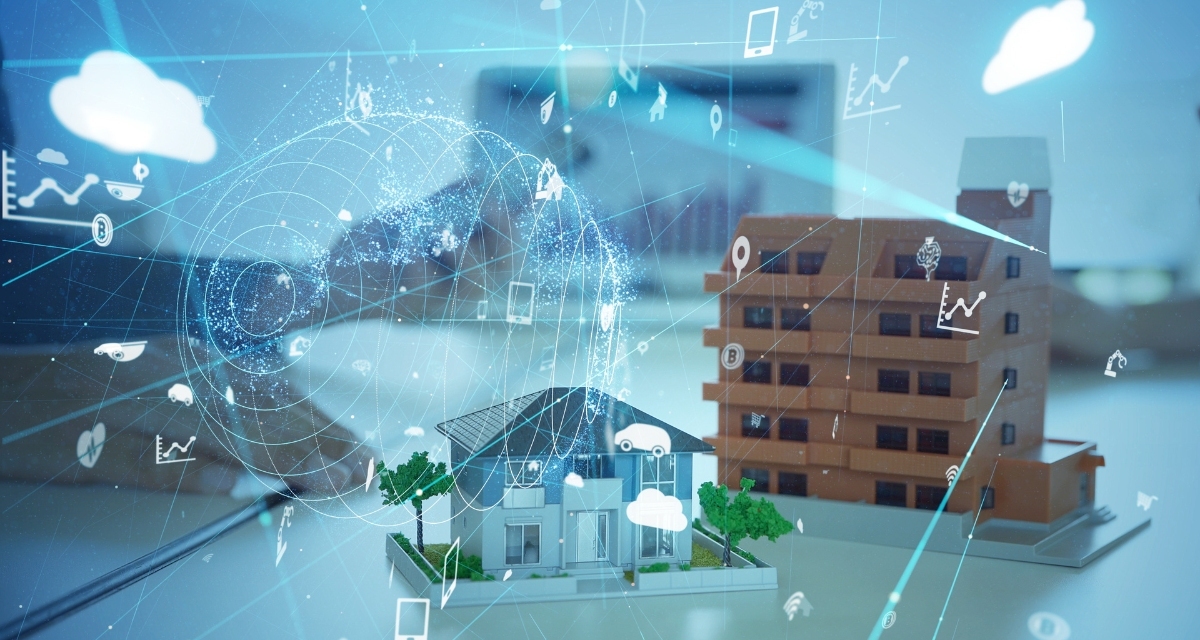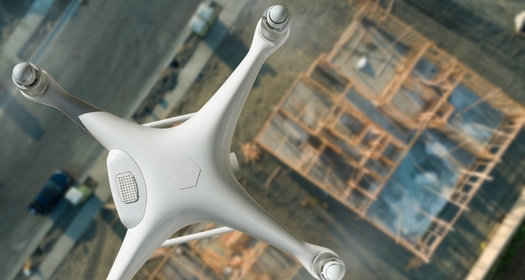
Smart building technology is revolutionizing the way we design, construct, and maintain buildings. These advancements are not only making buildings more energy-efficient and cost-effective, but also improving the overall experience of the people who use them. In this article, we will explore the latest developments in smart building technology and how they are shaping the future of the construction industry.
IoT integration in smart building technology
One of the most significant developments in smart building technology is the integration of the Internet of Things (IoT) into building systems. IoT allows for the collection and analysis of data from various building systems, such as HVAC, lighting, and security. This data can then be used to optimize the performance of these systems and improve energy efficiency. For example, IoT-enabled lighting systems can automatically adjust the brightness of lights based on the amount of natural light in the room, reducing the need for artificial light and saving energy.
Advantages of IoT integration in smart building technology:
- Improved energy efficiency
- Increased control and automation of building systems
- Real-time monitoring and data analysis
- Enhanced security and safety features
Building Automation Systems (BAS)
Another development in smart building technology is the use of Building Automation Systems (BAS). These systems allow for the automation and control of various building systems, such as HVAC, lighting, and security. This can greatly improve the efficiency and performance of these systems, as well as provide valuable data for analysis and optimization. For example, a BAS can automatically adjust the temperature in a building based on the weather forecast, reducing the need for heating or cooling and saving energy.
Benefits of Building Automation Systems (BAS):
- Increased energy savings
- Improved performance of building systems
- Enhanced comfort for building occupants
- Cost-effective management of building operations
Smart building technology for energy management
Smart building technology is also making it easier to monitor and control the energy consumption of buildings. Advanced metering systems, such as smart meters, can provide detailed information about the energy consumption of a building, allowing for the identification of areas where energy can be saved. Additionally, building energy management systems (BEMS) can be used to automatically control the energy consumption of a building based on factors such as occupancy and weather.
Smart building technology for energy management:
- Advanced metering systems for detailed energy consumption data
- Building Energy Management Systems (BEMS) for automated energy control
- Real-time monitoring and analysis of energy usage
- Identification of energy-saving opportunities
Smart building technology for security
Another area where smart building technology is making a significant impact is in the field of building security. Smart security systems can automatically detect and respond to potential security threats, such as intrusions or fire. Additionally, these systems can be integrated with other building systems, such as lighting and HVAC, to provide a more comprehensive security solution. For example, a smart security system can automatically turn off the lights and lock the doors of a building if an intrusion is detected.
Smart building technology for security:
- Automatic detection and response to security threats
- Integration with other building systems for comprehensive security
- Real-time monitoring and analysis of security data
- Improving safety and security of building occupants
Smart building technology for enhancing user experience
Smart building technology is also being used to improve the overall experience of people who use buildings. For example, smart building technology can be used to provide wayfinding and navigation services for people with disabilities, such as voice-guided directions or visual cues. Additionally, smart building technology can be used to provide real-time information about the availability of parking spaces, restrooms, and other amenities.
Smart building technology for enhancing user experience:
- Wayfinding and navigation services for people with disabilities
- Real-time information about parking spaces, restrooms, and other amenities
- Comfortable and healthy indoor environment
- Improved accessibility and convenience for building occupants.
Conclusion
In conclusion, the latest developments in smart building technology are revolutionizing the way we design, construct, and maintain buildings. These advancements are not only making buildings more energy-efficient and cost-effective, but also improving the overall experience of the people who use them. With the continued growth of IoT and the increasing adoption of smart building technology, we can expect to see even more significant advancements in the future. The construction industry and the building owners will be able to save energy, costs, and improve overall experience and safety for the building occupants.






